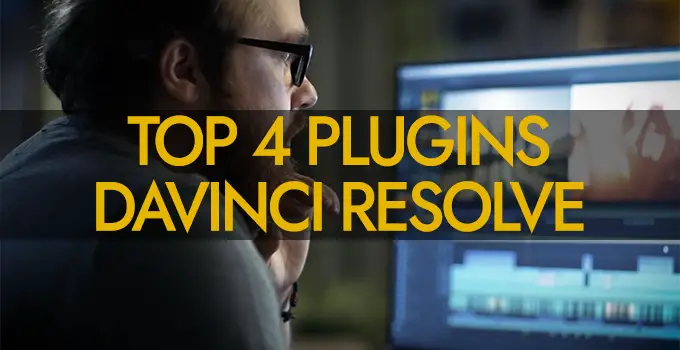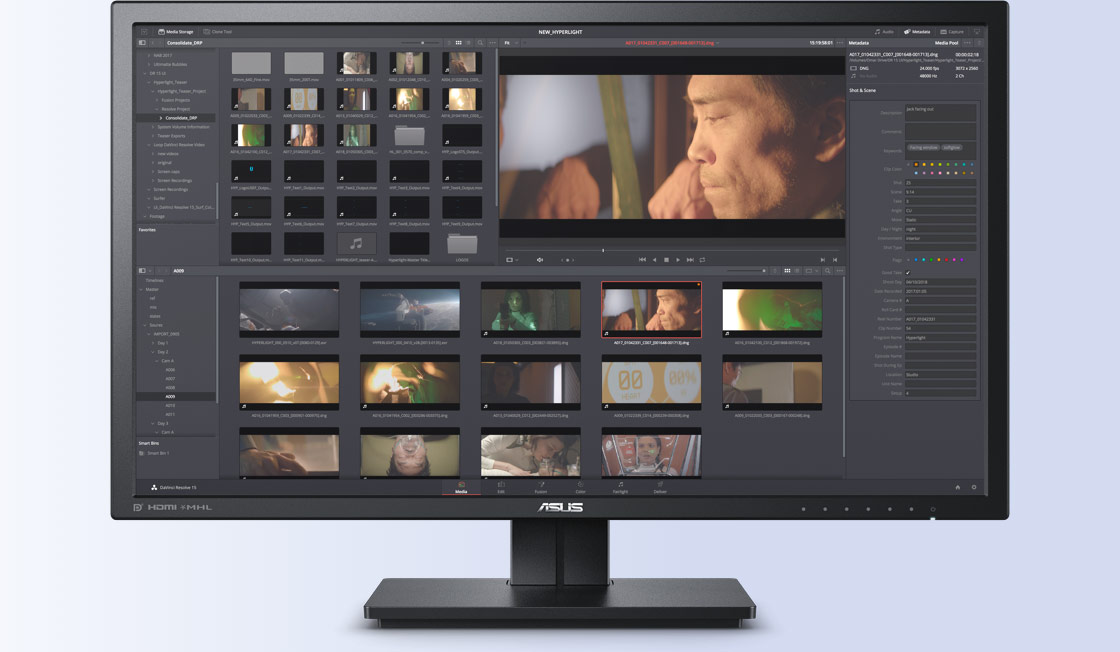

- #DAVINCI RESOLVE PLUGINS MATRIX FILTER HOW TO#
- #DAVINCI RESOLVE PLUGINS MATRIX FILTER SOFTWARE#
- #DAVINCI RESOLVE PLUGINS MATRIX FILTER PLUS#
- #DAVINCI RESOLVE PLUGINS MATRIX FILTER TV#
#DAVINCI RESOLVE PLUGINS MATRIX FILTER SOFTWARE#
This can be done either with your edit software or dedicated grading software. The LUT table will shift the S-log input values to the correct REC-709 output values. To do this we apply an S-Log2 or S-Log3 to Rec-709 LUT to the footage during the post production process.
#DAVINCI RESOLVE PLUGINS MATRIX FILTER TV#
To make the pictures on our conventional 709 TV or computer moniotr have a normal contrast range, in post production we need to expand the the squeezed recorded S-Log2/S-Log3 range to the display range of REC-709.

The on screen contrast appears reduced as the capture contrast is greater than the display contrast. To make room for the extra dynamic range and the ability to record very bright objects, white and mid tones are shifted down in level. When this squeezed or compressed together range is then shown on a conventional REC-709 TV with a relatively small dynamic range (6 stops) the end result is a flat looking, low contrast image where the overall levels are shifted down a bit, so as well as being low contrast and flat the pictures may also look dark.

If you followed the A7s shooting guide then you will remember that S-Log2 or S-Log3 takes a very large shooting scene dynamic range (14 stops) and squeezes that down to fit in a standard video camera recording range.

If you don’t like the way the clip looks you can just try a different LUT. That is to say that if you add a LUT to a clip you are not actually changing the original clip, you are simply altering the way the clip is displayed. One of the nice things about LUT’s is that they are non-destructive. LUT’s designed for anything other than this will still transform the footage, but the end results will be unpredictable as the tables input values will not match the correct values for S-Log2/S-Log3. So, in the case of a Sony camera, be that an A7s, A7r, A6300 or whatever we want LUT’s that are designed for either S-Log2 and S-Gamut or S-Log3 and SGamut3.cine. The LUT’s that you use must be designed for the gamma curve and colour space that the material was shot in and the gamma curve and colorspace you want to end up in. For grading and post production correction, in the vast majority of cases you will want to use a 3D Cube LUT. At a basic level these all do the same thing, there are some differences but at this stage we don’t need to worry about those differences. You may come across different types of LUT’s… 1D, 3D, Cube etc. So what is a LUT? It’s a simple table of values that converts one set of signal levels to another. Many people like myself share LUT’s online, so do a google search and you will find many different looks and styles that you can download for your project. It might be a new concept for you, but really LUT’s are easy to use and when used right they bring many benefits. The best way to do this is via a Look Up Table or LUT.ĭon’t be afraid of LUT’s. So to get pictures that look right on a TV we will need to convert the S-Log2 to the standard used by normal HD TV’s which is know as Rec-709. The first thing to remember about S-Log2/S-gamut material is that it has a different gamma and colour space used by almost every TV and monitor in use today. Follow that tutorial and you’ll be editing and grading with Resolve in just a few hours. If you download Resolve it comes with a very good tutorial.
#DAVINCI RESOLVE PLUGINS MATRIX FILTER PLUS#
It’s very powerful and simple to use, plus the Lite version is completely free. So I switched to Premiere CC which now offers some of the widest and best codec support as well as an editing interface very similar to FCP. Once upon a time I was an FCP user, but I have never been able to get on with FCP-X. These are the software packages that I use.
#DAVINCI RESOLVE PLUGINS MATRIX FILTER HOW TO#
Just an outline guide on how to work with S-log2, mainly with Adobe Premiere and DaVinci Resolve. This is not going to be a tutorial on editing or grading. If you have followed my guide to shooting S-Log2 on the A7s then you may now be wondering how to use the footage in post production.


 0 kommentar(er)
0 kommentar(er)
